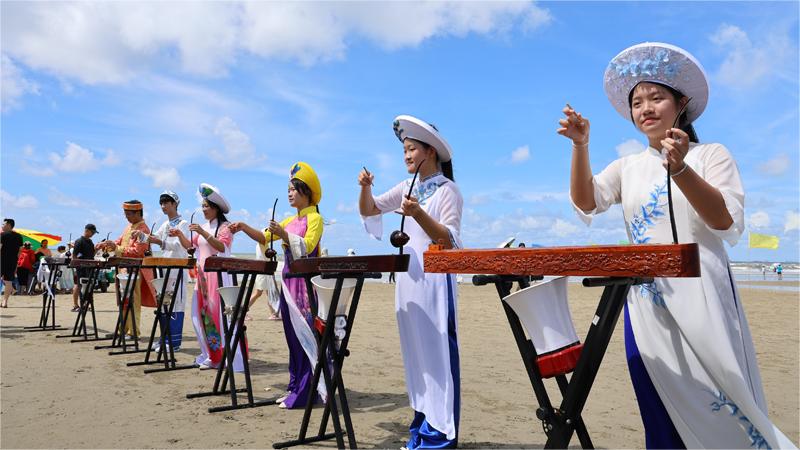China cuts interest rates on standing lending facility
BEIJING, July 22 (Xinhua) -- China's central bank lowered the interest rates on its standing lending facility (SLF) on Monday, aiming to improve the monetary policy transmission mechanism.
According to the People's Bank of China, the overnight rate was cut by 10 basis points to 2.55 percent, and the seven-day and one-month rates were each lowered by 10 basis points to 2.7 percent and 3.05 percent, respectively.
The SLF, introduced by the central bank early in 2013, serves as a channel to meet the liquidity needs of financial institutions. These institutions can take out SLF loans from the central bank, using qualified bonds and other credit assets as collateral.
Earlier on Monday, the central bank lowered the interest rate on seven-day reverse repos, a key short-term policy rate, from 1.8 percent to 1.7 percent amid efforts to strengthen counter-cyclical adjustments and better support the real economy.
China also cut the market-based benchmark lending rate on Monday, which aligned with market expectations as authorities stepped up monetary support to shore up the economy.
The one-year loan prime rate (LPR) was 3.35 percent on Monday, down from the previous reading of 3.45 percent, according to the National Interbank Funding Center.
The over-five-year LPR, on which many lenders base their mortgage rates, was lowered by 10 basis points to 3.85 percent.
The world's second-largest economy has a short-term policy interest rate, similar to the open market operations rate. This is similar to practices in developed economies, where central banks primarily focus on short-term interest rates. Additionally, China adopts a mid-term policy interest rate.
The monetary policy transmission mechanism refers to the process by which monetary policy decisions affect economic growth, prices, and other aspects of the economy. The official interest rate is the most popular tool by which central banks influence the economy.
Experts suggest that as the level of interest rate marketization continues to rise and the transmission mechanism of interest rates becomes more robust, two policy interest rates are no longer necessary, as the central bank is expected to primarily control the short-term interest rate.
"In the future, it could be considered to clearly designate a short-term operational interest rate of the central bank as the main policy interest rate," Pan Gongsheng, China's central bank governor, said earlier at the Lujiazui Forum held in Shanghai.
The seven-day reverse repo operation rate has essentially taken on this function. Pan said the interest rates of monetary policy tools of other terms can be stripped of their policy interest rate characteristics.
The central bank's operations on Monday may have already indicated the direction of LPR reform, according to a research note by brokerage Minsheng Securities. The note said the rate cuts had "turned a new page" for China's interest rate transmission mechanism.
"The benchmark reference for LPR might have been adjusted from the previous one-year medium-term lending facility (MLF) rate to the 7-day reverse repo rate," said the note.
According to the note, this shift could signal a significant change in the way LPR is calculated and reflects the central bank's ongoing efforts to refine its monetary policy tools.
Photos
Related Stories
- China's central bank lowers collateral requirement for medium-term lending facility
- China cuts benchmark lending rate to buoy economic recovery
- China's loan prime rates remain unchanged
- Loans issued from China's housing provident fund nears 1.5 trln yuan in 2023
- China abolishes mortgage floor rates, cuts minimum down payment ratios to boost property market
Copyright © 2024 People's Daily Online. All Rights Reserved.









